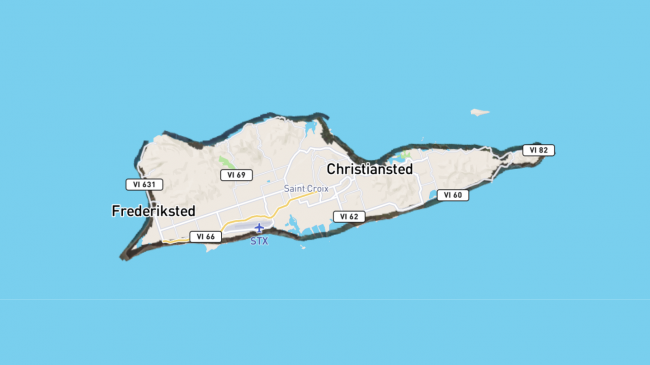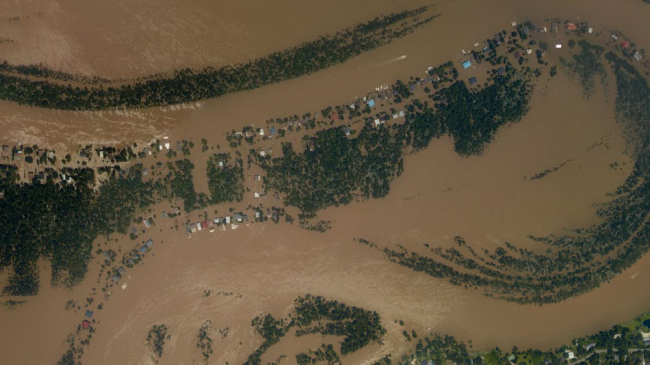
This is what the online images of coastline affected by Hurricane Irma looks like after zooming into a photographed location, as indicated by a dark ribbon overlaid onto the map. (Image credit: NOAA)
A team of NOAA aviators have been taking aerial imagery of locations affected by Hurricane Irma. The images are a crucial tool in determining the extent of the damage inflicted by storms and flooding.
Staff from NOAA’s Office of Marine and Aviation Operations and NOAA’s National Geodetic Survey capture these images using specialized remote-sensing cameras aboard NOAA aircraft (primarily NOAA’s King Air and Twin Otter aircraft) flying above the area at an altitude between 1,500 and 5,000 feet. Once the aviators shoot the imagery, it is posted online for the public to access.
By comparing the aerial — not satellite — imagery collected with baseline coastal datasets, response agencies can assess any damage to major ports and waterways, coastlines, critical infrastructure and coastal communities. This can help maintain or restore safe navigation and prioritize areas in need. In addition, imagery is used for ongoing research efforts to test and develop new airborne digital imaging standards.
Imagery viewing tips
To access online images, use the "+" button at the top of the page to zoom into the coastal area you’re interested in or search for a specific location. If you see a black ribbon, this indicates images have been posted for that location and have been overlaid on a map (keep the viewing options as “Mapbox Streets,” the default setting).



